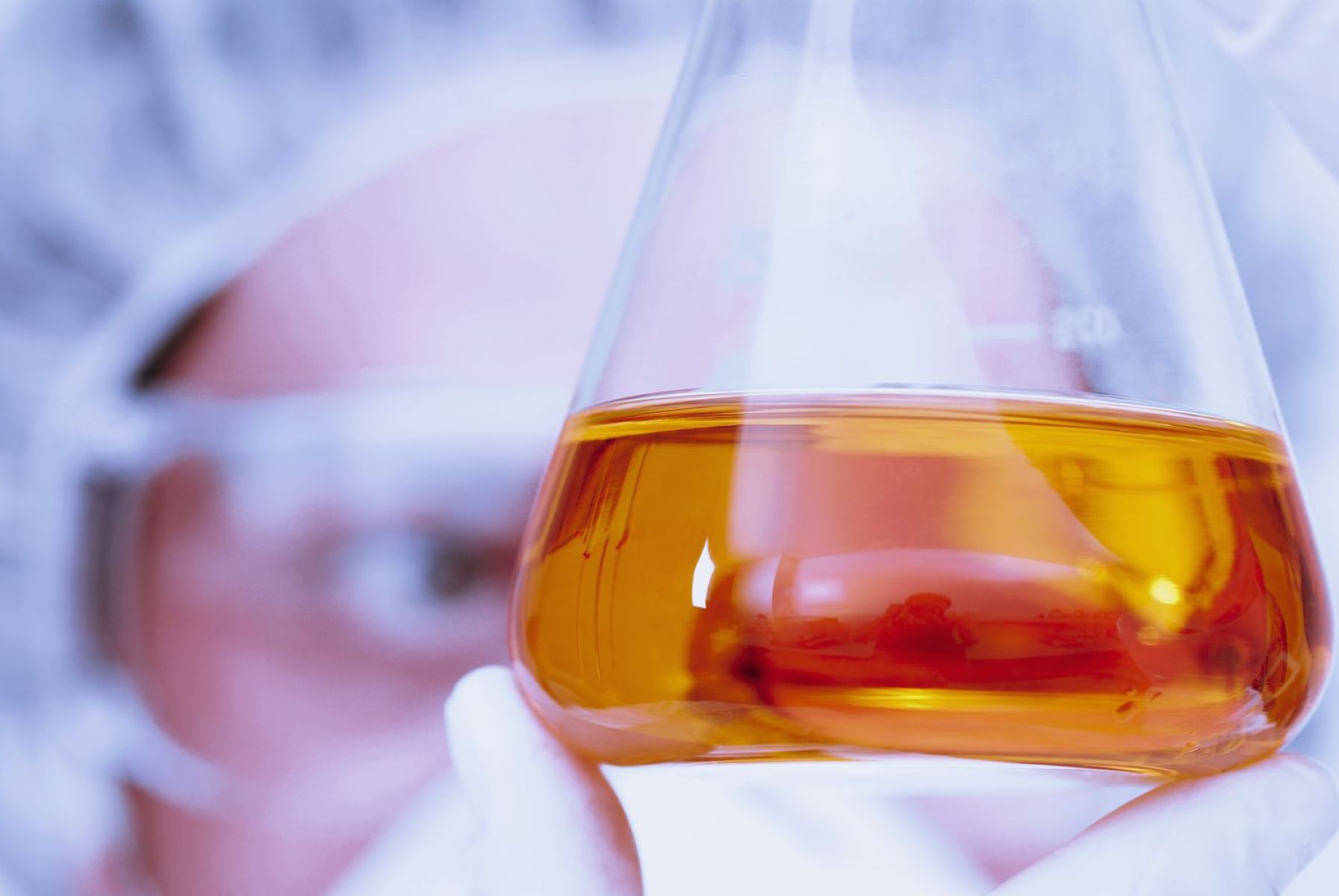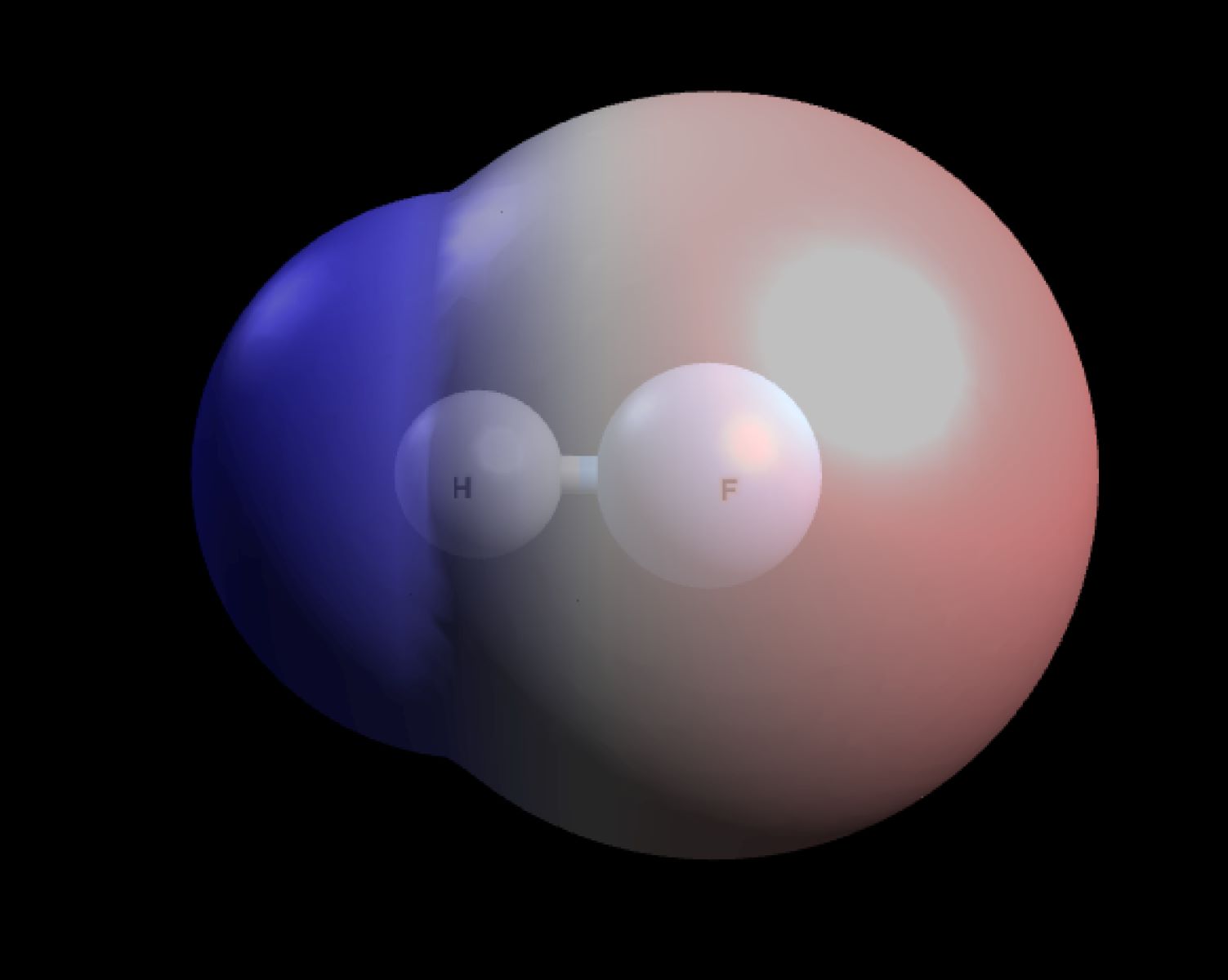
Molarity is a term you might have heard in your chemistry class, but what exactly does it mean? Molarity measures the concentration of a solution, specifically the number of moles of solute per liter of solution. Imagine you’re making lemonade: the sugar you add is the solute, and the water is the solvent. The more sugar you add, the higher the molarity. Understanding molarity helps chemists predict how substances will react with each other. It’s like knowing the strength of a potion in a wizard’s spellbook. Ready to dive into 23 intriguing facts about molarity? Let’s get started!
What is Molarity?
Molarity is a way to express the concentration of a solution. It tells us how many moles of a substance are present in one liter of solution. Understanding molarity helps in various fields like chemistry, biology, and medicine.
- Molarity is measured in moles per liter (mol/L).
- It is often represented by the symbol "M."
- To calculate molarity, divide the number of moles of solute by the volume of the solution in liters.
Importance of Molarity in Chemistry
Chemists use molarity to prepare solutions with precise concentrations. This accuracy is crucial for experiments and reactions.
- Molarity helps predict how substances will react with each other.
- It allows chemists to scale reactions up or down.
- Accurate molarity ensures reproducible results in experiments.
How to Calculate Molarity
Calculating molarity involves a simple formula. Knowing this formula is essential for anyone working in a lab.
- The formula is M = moles of solute / liters of solution.
- You can find moles by dividing the mass of the solute by its molar mass.
- Always measure the volume of the solution in liters for accurate results.
Applications of Molarity
Molarity is not just a theoretical concept. It has practical applications in various fields.
- In medicine, molarity helps prepare intravenous (IV) solutions.
- Environmental scientists use molarity to measure pollutant concentrations.
- Biologists use molarity to prepare nutrient solutions for cell cultures.
Molarity vs. Molality
Molarity and molality sound similar but are different. Understanding the difference is important for accurate measurements.
- Molarity is moles per liter of solution.
- Molality is moles per kilogram of solvent.
- Molarity changes with temperature, but molality does not.
Common Mistakes in Calculating Molarity
Even experienced chemists can make mistakes when calculating molarity. Knowing common pitfalls can help avoid errors.
- Forgetting to convert milliliters to liters.
- Not accounting for the volume change when the solute dissolves.
- Using the wrong molar mass for the solute.
Real-World Examples of Molarity
Seeing molarity in action can make the concept easier to understand. Here are some real-world examples.
- Table salt (NaCl) in water: A 1M solution has 58.44 grams of NaCl per liter.
- Sugar in tea: A 0.5M solution has 171 grams of sugar per liter.
- Vinegar: Typically a 1M solution of acetic acid in water.
Advanced Concepts in Molarity
For those who want to dive deeper, there are advanced concepts related to molarity.
- Normality: A measure of concentration equivalent to molarity but considers the reactive capacity of the solute.
- Dilution: The process of reducing the concentration of a solution by adding more solvent.
Final Thoughts on Molarity
Understanding molarity is crucial for anyone diving into chemistry. It helps in calculating the concentration of solutions, which is essential for experiments and reactions. Knowing how to prepare solutions with precise molarity ensures accurate results in labs. It also aids in understanding the behavior of substances in different concentrations.
Molarity simplifies the process of diluting solutions and mixing chemicals. It’s a fundamental concept that bridges the gap between theoretical chemistry and practical applications. Whether you're a student, a researcher, or just curious about chemistry, grasping molarity will enhance your comprehension of chemical processes.
So, next time you mix a solution, remember the importance of molarity. It’s not just a number; it’s a key to unlocking the mysteries of chemistry. Keep experimenting, stay curious, and let molarity guide your way through the fascinating world of chemical solutions.
Was this page helpful?
Our commitment to delivering trustworthy and engaging content is at the heart of what we do. Each fact on our site is contributed by real users like you, bringing a wealth of diverse insights and information. To ensure the highest standards of accuracy and reliability, our dedicated editors meticulously review each submission. This process guarantees that the facts we share are not only fascinating but also credible. Trust in our commitment to quality and authenticity as you explore and learn with us.


